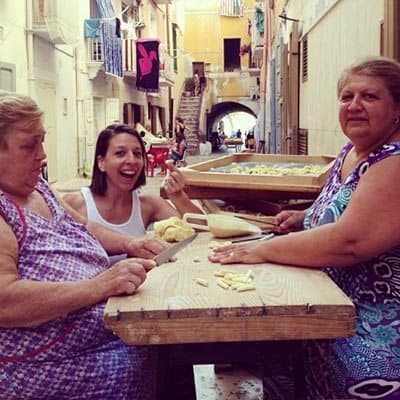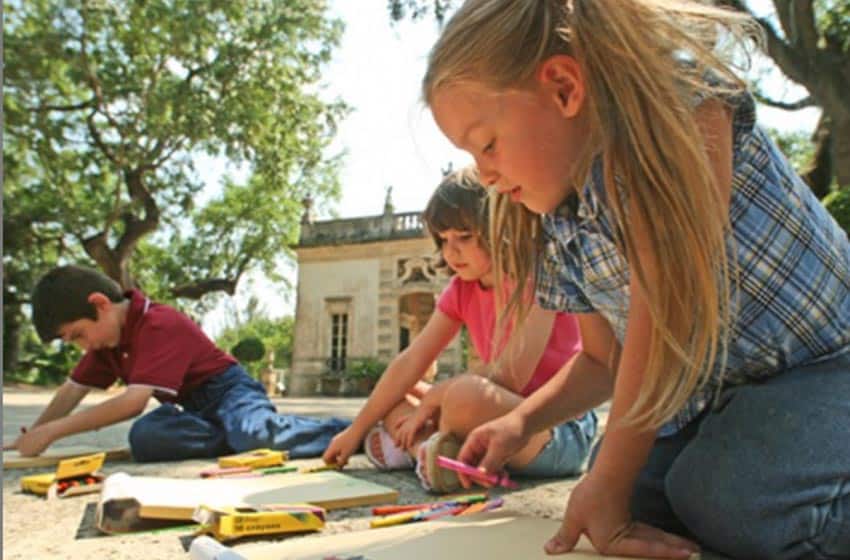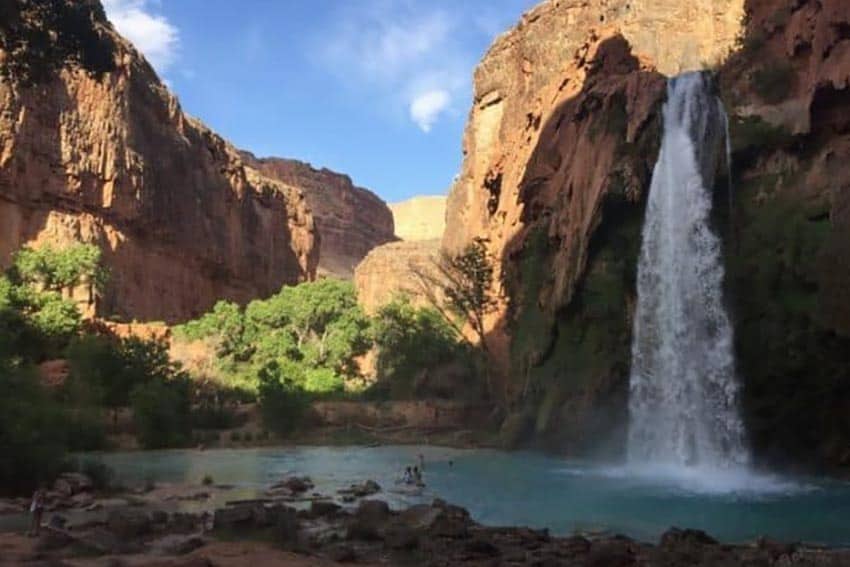
Dance Around the World Barefoot with Mickela Mallozzi
By Jamie Kimmel
I love to dance. I also love culture. What better way to learn about culture than to travel?
I’m part of the belly dance club at UMass, so I was thrilled to be presented with the chance to write an article about the star of Bare Feet Travel, Mickela Mallozzi.
Mickela is the daughter of an Italian immigrant and has been dancing since she was three. At one point, she even taught children’s ballet, tap, and jazz for a few years. She studied abroad in college and consequently caught the travel bug.
Her love of travel led to landing a job working for a big-name rock band which meant constantly being on the road with them. Her time working with them taught her well for future travel.“I became a problem-solver and very quick on my feet. I learned something will always go wrong when traveling and you have roll with the punches. Sometimes the improvised stuff turns out better than your original plan.”
Dance Festivals
After leaving her assisting job, she started to frequent dance festivals across the globe which eventually lead to having her own TV show, Bare Feet. When I interviewed Mickela, she was about to leave for a trip to Croatia where she was anticipating learning sword-dances indigenous to the country.
This prompted me, of course, to inquire if she had any experience belly dancing. She relayed that she had taken a few classes in New York City (her base of operations) but she is planning a trip to Turkey, so there will be lots of potential for her to learn more belly dancing (or “Oryental Dance” as it’s known in the Middle East.)
Earthy Fluid Dance
Something a lot of us belly dancers have to deal with is the perception of its suggestive nature. Belly dancing is essentially an earthy, fluid dance that works with the body rather than transcending it (like ballet, for example). Therefore, the dance can be misconstrued as a “come-hither” invitation.
The Bare Feet episode featuring Curacao (a Caribbean nation whose name means “The Heart”) expresses this same struggle with their “tambu” dance. Upon watching the video, I noticed similar fluidity in the hips like in belly dance.

However, the tambu is meant to “take your head out of the hard work” as one Curacaoan drummer puts it. “The job is done. It’s time to go home,” is the chant of the drummers and dancers featured in the episode. This piece of Curacao is just the tip of the iceberg regarding how much culture is revealed through dance as explored by Bare Feet.
In another episode, Mickela travels to Buenos Aires, Argentina, home of the tango. In this episode, we learn that tango originated as a stylized form of walking. People stick together and lead each other with very subtle cues of how and where to move next.
The dance is meant as a game of two for fun.
Watch Mickela Dance!
Curacao
Buenos Aires
Uzbekistan
When people dance apart, there is a separation that causes tension. Towards the end, she said she felt very emotional after learning the dance. I asked her how she views dance affecting culture and vice versa. She had quite an insightful response:
“Dances come from the environment; harvesting, surviving. Music means a celebration or just keeping warm. There are so many facets to why dances are the way they are. They evolve with migration and you have to accept all pieces, not just break it down to a science.
“Sugar cane farms in Cuba developed a style of drumming by banging bamboo on a pot. Styles of dance usually have same name as the associated style of music because it’s all-encompassing. The dance gives name to the rhythm.
“People were dancing because there was music being played somewhere. You can’t have dance without music. Music was made for dancing. Dance can be just as influential as food. The dancing community of most countries is usually very tightly-knit, as well.”
Guided Dance Tours
Mickela has recently added guided dance tours to her talents. Bare Feet now offers paying customers the chance to travel abroad, while learning the native dances of corresponding regions. Her biggest dance-tour so far has been to Bali, Indonesia.
She has been teaching classes on Bhangra, a dance originating from the Punjabi, and some of her students were inspired to take the Bali tour (where they learned Legong dance rather than Bollywood or Bhangra.) I had the pleasure of speaking to one of them.

Ritu Sharma, a New Yorker of Indian descent, dances as a hobby and praises Mickela’s teaching methods.
When asked about her views on dance and culture having an effect on each other, she expressed that dances are very indigenous, yet very overlooked and underappreciated.
“They are just as important as the music or the food of a region and are a form of story-telling that everyone wants to listen to.
Dancing is one of the best ways to physically immerse oneself into the culture of a group. I definitely got a sense of that learning the dances of Bali.”
As far as any similarity to the dances of Bali, surprisingly they are quite the opposite, the exception being some Bollywood dances.
“Belly dancing is very fluid and one movement can naturally flow into another one. The dances we learned in Bali are very structured and each move means something significant, and is precise.”
Upon further elaboration of her Balinese dance experience, Ritu said it was interesting to see different teaching methods. She also indicated that dancing is almost as important as graduating to another level of one’s life.
When discussing the cultural aspect of Bali, Ritu said the religion, alone, in Bali, is much different than customary western religion. In comparison, western religion tends to be very organized and structured, with a lot of reserved reverence. There is a perceived separation of people from the divine.
She explained that eastern traditions are more fluid and ingrained into the people. They express joy wholeheartedly and it shows (and is very much a part of) their religion. A shining part of the tour for her was making offerings in the morning during her stay. “It was very humbling.”
Witnessing a Cremation
A perfect example of this joyfulness and sense of community was when Ritu and the rest of the tour group witnessed a cremation in the village they stayed in.
When someone passes away, typically the whole village attends the cremation and it is a celebration of the deceased’s life.
They wear bright colors and strangers are very welcome. Ritu said her group was curious but didn’t want to intrude upon the ceremonies. However, they were welcomed with open arms and encouraged to partake in the celebration.
Floating Leaf
The tour stayed at the Floating Leaf which is totally eco-friendly and self-sufficient. The property has its own water system and farm.
Ritu says it is a labor of love that was very apparent in the couple that ran the property as well as the staff. An interesting choice of words described that it’s not a cut-and-paste design of hotels in some cities. It is not, in fact, even a hotel, but a retreat.
Also, the food at Floating Leaf was very authentic but accommodated to everyone’s tastes. Boom-boom curry was a tour favorite and the girls were taught how to cook it, after they asked about how it was made.
For more information visit: Bare Feet Travel
- Veg Voyages Adventures: No Meat Needed - April 14, 2015
- Haunted, Alluring Massachusetts - August 26, 2014
- Haunted Vermont: The State’s Scariest Sites - August 26, 2014







